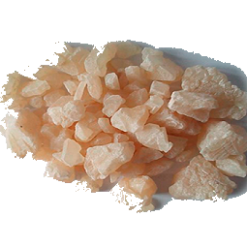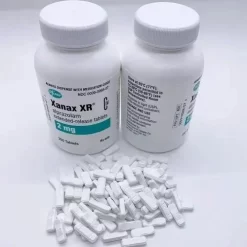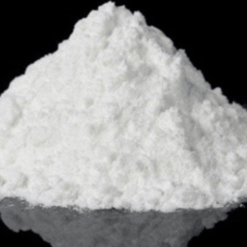Buy OxyContin Online
$400.00
OxyContin is a narcotic drug whose active ingredient comes from a compound in the poppy plant called thebaine. It’s a strong pain reliever and a controlled substance, according to the U.S. Drug Enforcement Administration (DEA), which means it requires a prescription. The U.S. Food and Drug Administration notes that OxyContin is in the opioid class of drugs.
What ingredients are in OxyContin? OxyContin ingredients include the active ingredient oxycodone and several inactive ingredients that vary based on the formulation.
According to the DEA and National Drug Intelligence Center (NDIC), OxyContin comes in 10 mg, 20 mg, 40 mg, and 80 mg extended-release tablets.
What does OxyContin look like? The milligram amount is printed on one side of the tablet and the letters “OC” are printed on the other side. There are also immediate-release capsules of OxyContin, such as 5 mg OxyIR.
Is OxyContin still prescribed? Yes, the DEA regulates the supply of oxycodone that’s released to drug manufacturers to make it, according to the Pain News Network.
How long does OxyContin stay in your system? The American Addiction Centers says OxyContin can stay in your hair for 90 days, and can be detected in your urine for one to four days. For saliva tests, it’s detectable for up to 48 hours.
What is OxyContin used for?
It is a painkilling drug. Opioids such as OxyContin attach to opioid receptors on nerves throughout the body in order to block pain responses, according to the American Society of Anesthesiologists (ASA).
Dr. Andrea Enzinger, a medical oncologist at the Dana-Farber Cancer Institute in Boston, explained in a statement that “opioids are the cornerstone of managing moderate to severe cancer pain.”
The ASA and NDIC say doctors also prescribe OxyContin (oxycodone) for other chronic and severe pain issues, such as:
- Headaches
- Back pain
- Post-surgery pain
- Serious injuries
- Neuralgia
- Arthritis
- Bursitis
Oxycodone vs. OxyContin: Is oxycodone the same as OxyContin?
Oxycodone and OxyContin are similar, but not quite the same. According to the American Addiction Centers:
- Oxycodone is an opiate that activates certain receptors to help with pain management and is used in several narcotic pain medications.
- OxyContin is an opioid class (narcotic) drug that contains extended-release oxycodone as its active ingredient.
OxyContin side effects
The FDA states that common side effects of OxyContin use include:
- Nausea
- Vomiting
- Headache
- Dizziness
- Abdominal pain
- Fatigue
- Constipation
More severe side effects include:
- Breathing difficulty
- Swelling of your throat, tongue or face
- Agitation
- High body temperature
- Difficulty walking
- Severe drowsiness
- Shortness of breath
- Feeling faint
- Confusion
- Chest pain
- Stiff muscles
- Rapid heartbeat
OxyContin precautions
The FDA cites several key precautions to be aware of before taking OxyContin, including:
- Risk of opioid addiction, abuse or misuse
- Risk of overdose
- Increased risk of seizures for those with seizure disorders
- Increased risk for gastrointestinal tract spasms and difficulty swallowing, especially in those with gastrointestinal disorders
- Impairment of respiratory drive, especially for those with head injuries, brain tumors, increased intracranial pressure and impaired consciousness
- Risk of infants developing Neonatal Opioid Withdrawal Syndrome when taken during pregnancy
- Increased risk of respiratory depression, especially in people with chronic pulmonary disease
- Impaired ability to drive or operate machinery
- Withdrawal symptoms
Reviews
There are no reviews yet.
Related products
Mdma







Be the first to review “Buy OxyContin Online”